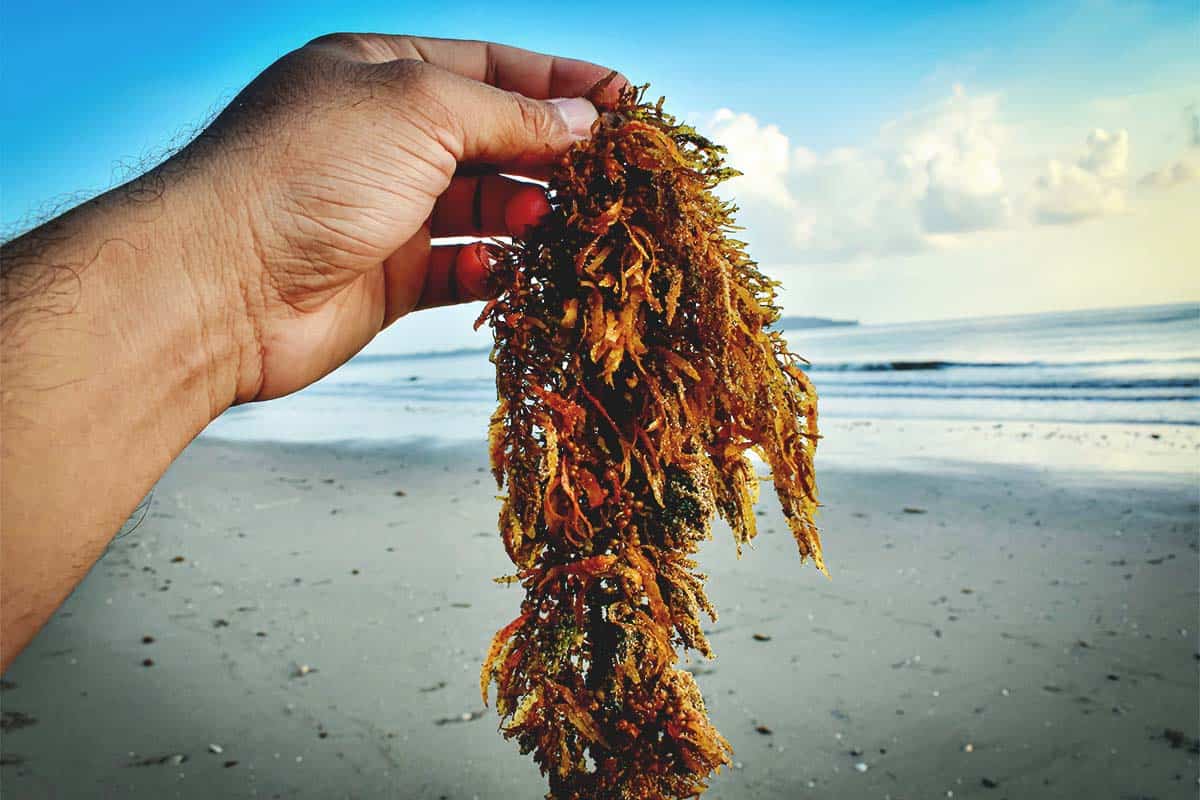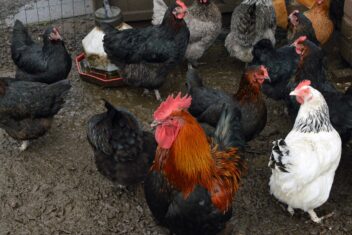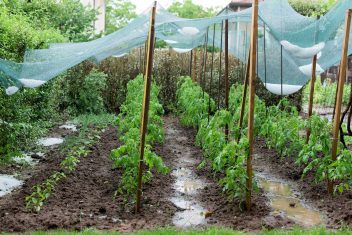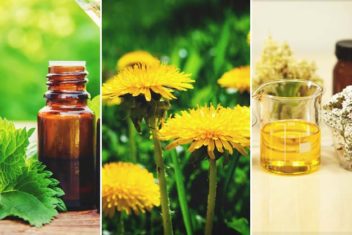Life is better by the ocean, right?
If you’re not lucky enough to live by the sea and enjoy the glow from the sun and fresh salt spray, there are still several ways you can take advantage of everything the ocean has to offer.
One of them is seaweed.
Seaweed is actually amazingly versatile! You and your farm can benefit from its multiple purposes and in this article, I’ll introduce you to a few of the benefits and uses of seaweed.
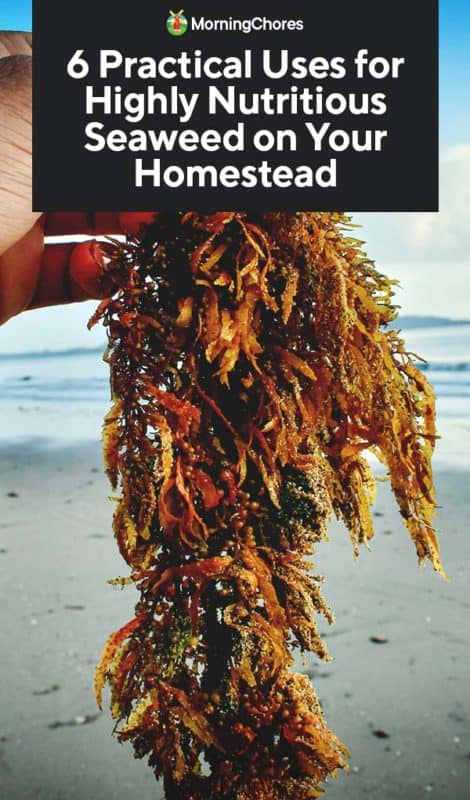
What Exactly is Seaweed?
For the landlubbers who have yet to experience the bliss of visiting the sea, let’s first take a quick recap of what seaweed actually is.
Seaweed is a general term that is applied to both kelp and marine algae. Not only does this provide necessary food and shelter for marine life, but it also provides a lot of the planet’s supply of oxygen through the process of photosynthesis. Seaweed does consist of many different species, and even a wide range of colors from green, red, black and brown.
Besides generating oxygen and being a food source and shelter, when used on land it is touted as being highly nutritious and can be used as food, medicine, fuel, and other valuable resources.
But first, let’s jump into the many uses of seaweed on the homestead.
How to Use Seaweed on the Homestead
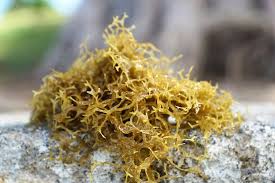
1. Use on Seedlings
As a gardener, you can use a diluted organic seaweed extract on your plants. It has beneficial trace minerals that help stimulate plant growth, and since it’s not a fertilizer that’s heavy in nitrogen, it can be used on fragile seedlings without worries that you might burn them.
It’s best used at the seedling stage because it helps the plants grow stronger and develop more vigorous root systems. You can put seaweed directly on your garden or apply it just around the base of the plants that need an extra boost.
2. As a Fertilizer and Soil Conditioner
Seaweed has long been used as a fertilizer, but in many parts of the world, it’s just starting to be used abundantly.
There are more than 12,000 varieties of ocean seaweed, and many of them have proven to be valuable resources in an organic garden.
Seaweed’s jelly-like consistency helps bind soil particles together, meaning it can help improve the structure of your soil if you have heavy clay or fast-draining sandy soil.
Not only that, but it’s loaded with nutrients, including nitrogen, phosphorus, potassium, amino acids, and plenty of trace micronutrients, too.
Seaweed fertilizer bought from stores can be applied directly to the soil or as a foliar spray.
3. As a Mulch
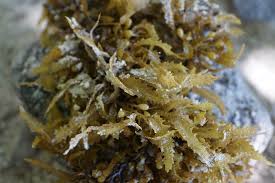
Seaweed can even be used as a compost and a mulch. It breaks down quite quickly, so you may want to use it in conjunction with some other type of mulch so you aren’t constantly reapplying it. When added to the compost pile, it does a great job of activating microbes.
The only thing you need to pay attention to when using seaweed in any context in your garden is that it can be high in salt. You won’t usually have this problem if you are using commercially prepared seaweed, but if you gather your own, you should hose it down before adding it to the soil.
4. Feed it to Livestock
There is emerging evidence that feeding seaweed, particularly kelp, to livestock can be highly beneficial. Not only can it improve health and growth rates, but it can also improve the digestive health of various species – most notably, cattle.
Cattle have long gotten a bad rap for their high contribution to methane emissions. However, some recent research has shown that small amounts of marine algae, when added to a cow’s regular feed, can reduce emissions from gut microbes by up to 99%!
You’ll want to do research into the nutritional needs of your own particular animals before feeding them. Each type of seaweed has a variable composition. While red and green seaweed has more protein, it tends to have fewer minerals than brown seaweed.
The major benefit of feeding seaweed to livestock? Probiotics. Seaweed is incredibly high in both pre- and probiotics, so it can help improve the immunity and digestive functioning of your animals.
5. Eat it Yourself
You might not like the slimy, unappetizing appearance of seaweed at first glance, but when prepared properly, it’s actually quite delicious. Use it in sushi, seaweed salad, or even risotto, and you won’t regret it. When cooked right, it has a fine texture and a delicate flavor almost like spinach.
Plus, it has a ton of health benefits that can’t be overlooked. It contains a lot of soluble fibers, like agar and alginates. A single serving of seaweed provides an eighth of your daily recommended dose – as much as a banana, in fact!
Seaweed also has more than 30 times the amount of potassium as a banana. It also contains measurable loads of vitamins C, A, E, and B12 along with calcium and iron.
6. As a Medicine
There’s some evidence that certain types of seaweed can be used in basic homestead medicine.
Although most studies to date have been done with red algae used in the context of a lab, one classic remedy for a sore throat is to make a broth out of seaweed. It has anti-viral properties that can help fend off certain illnesses, and it is incredibly nutrient-rich.
In more formal studies, algae have promise as a treatment for thyroid problems. This is because it contains high levels of iodine, which is necessary for healthy thyroid function.
Other types of seaweed have been used to treat issues like edema, goiters, respiratory ailments, and even cold sores.
Note: Morning Chores does not advocate any kind of medical treatment and instead encourages you to ask your doctor about any potential health benefits that algae might have for you.
Where to Get Seaweed
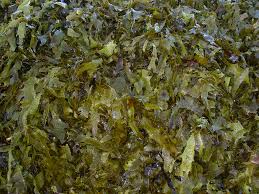
Depending on what exactly you plan to use it for, there are several places you can purchase seaweed.
The easiest is online. Whether you plan on eating dried seaweed yourself or you want to feed it to your animals, online retailers regularly sell it in forms for both human and animal consumption.
If you’re planning on using seaweed as a fertilizer, you can also head to online retailers. However, many garden stores sell it as it’s a popular choice even in areas that aren’t close to the ocean. Commercial seaweed fertilizer is usually sold in a dried meal form or as a liquid extract.
If you live near the coast, you can gather it up for free from debris on the beach. Just be careful not to harvest close to heavily polluted areas, like waters near industrial activities. In some areas, there are also legal restrictions related to gathering seaweed. Make sure you do your research before going on a seaweed-scouting excursion.
No matter where you buy it from or collect it, seaweed has a lot of value on your homestead. Consider stocking up so you’ll always have it in your supply closet!
